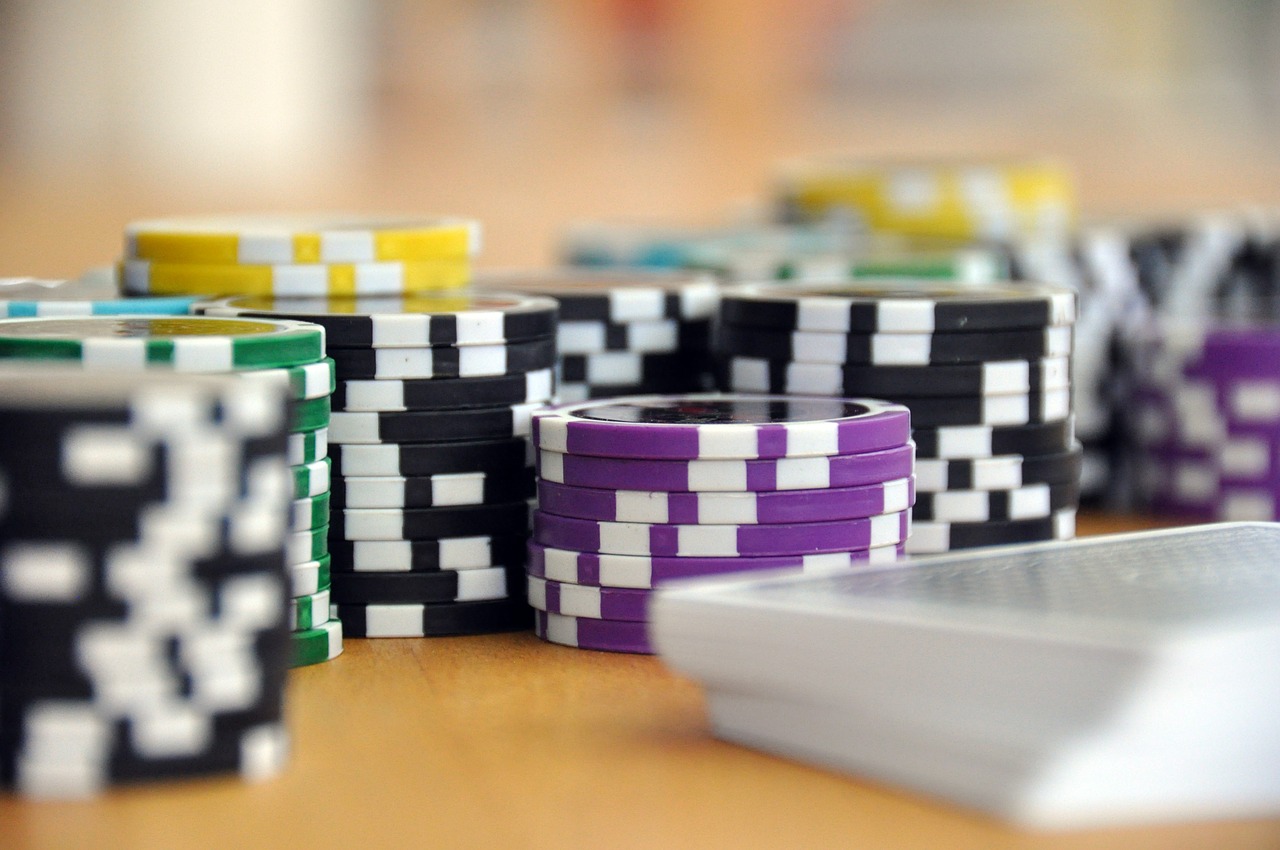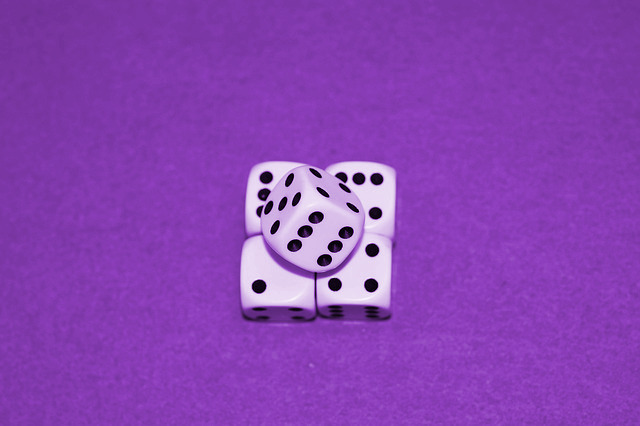Analysis In Japanese Gambling Leisure
As with all leisure businesses these days, the effects of the prolonged recession and the diversification of leisure activities have led to continued negative growth in the market size. In particular, “gambling-type leisure”, which has been said to be resistant to recession, has been particularly sluggish in recent years. In this paper, I would like to analyze the five public sports such as pachinko, bicycle racing, and horse racing in Japan, and the so-called “gambling-type leisure” such as lottery tickets, and clarify the Japanese gambling market.

Recent Leisure Market and Trends in “Leisure-type Leisure”
Based on the “Leisure White Paper 2001” released by the Free Time Design Association in July last year, the scale of the leisure market over the past 10 years from 1991. Looking at this by sector, the year-on-year growth rate in 2000 was + 0.1% for the hobby / creative sector and + 1.5% for the tourism/leisure sector, while it was -2.9% for the sports sector and ▲ 2.9% for the entertainment sector. ▲ 1.0%, which has not stopped falling yet.
Public competitions that continue to be in a serious recession
The five public competitions such as bicycle races and horse races peaked at 8,932 billion yen in 1992 and began to decline, picking up in 1996 and 1997, but have declined in the last few years.
Lottery
Tickets that are doing well in the direction of gambling It is controversial whether they can be included in the so-called “gambling-type leisure” category. Some people are fooled by the promotional complaints that if they win, it will be 100 million yen or 300 million yen, and they will spend a huge amount of money. However, in reality, it is rarely hit, and some people say that it is not gambling. In recent years, easy and instant lottery tickets such as Numbers and Lotto 6 have appeared, and the probability of winning has increased, so I would like to consider it in the category of “gambling type leisure” here.
“Toto” immediately after the start is also sluggish
In May 1998, the “Act on the Implementation of Sports Promotion Voting, etc.” was promulgated, and in November of the same year, the law and related government ordinances were enforced, and the “Sports Promotion Lottery (toto)” was issued. It started. The return rate is 50% or less. For the time being, it was 47%.
Pachinko
Is the last pachinko in the world’s largest gambling industry. This pachinko industry, which is unique in the world, actually forms a large market. Pachinko is legally supposed to be a medal game, and it is a business stipulated in Chapter 1, General Provisions, Article 2, Item 7 of the Customs Business Law. Pachinko parlors call them rental balls and medals and lend them to customers for 4 yen per ball and 20 yen per medal to play the game. As a result, if you win, you can exchange it for a free gift. In the olden days, stress was relieved in the cigarette-smelling space where the warship March flows, such as killing time for meetings as popular entertainment, or in front of the station on the way back from the office worker’s office. It was such a familiar leisure activity.
Japan, the world’s number one gambling power
As we have seen above, we have called it “gambling-type leisure” including leisure activities such as lottery tickets and pachinko, in addition to the five public sports such as bicycle racing, horse racing, and boat racing, which are considered to be so-called gambling. This market size, and even if you look around the world, there is probably no country that exceeds this. Even in 2000, the total sales of the five public competitions were about 6.8 trillion yen, the lottery was about 950 billion yen, and the pachinko was about 28.7 trillion yen, so the total of these was about 36,450 billion yen. Also climbs. This accounts for about 43% of the total leisure market in 2000 (85,57 trillion yen).

